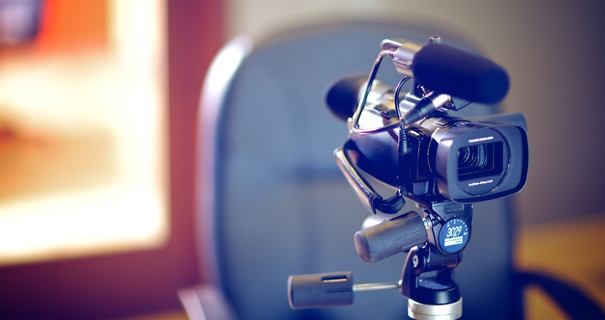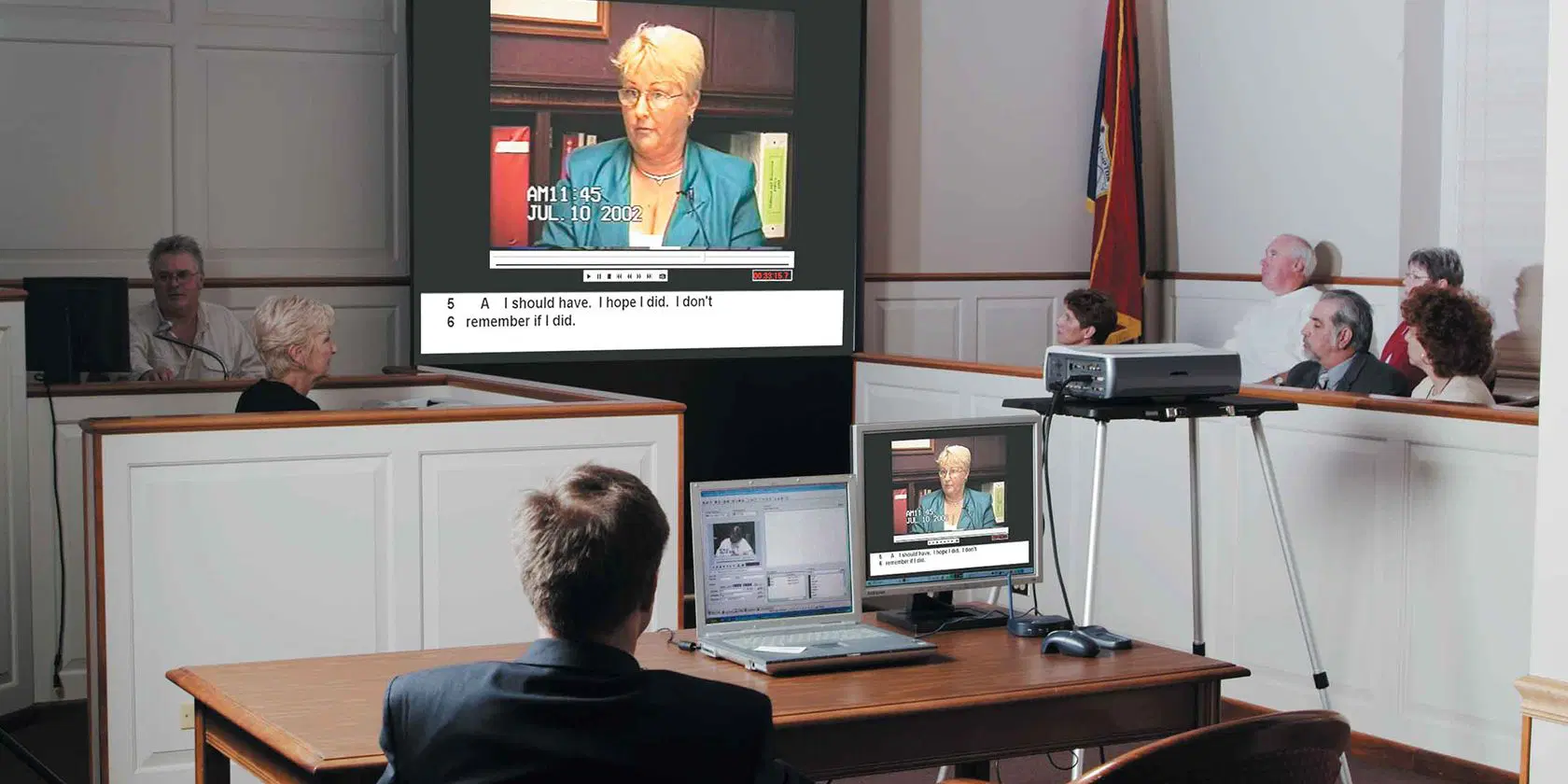The Power of Visuals in Trial Presentations for a Winning Argument
The assimilation of visuals in trial presentations has actually arised as a critical element in effectively connecting intricate disagreements to jurors. By making use of different kinds of aesthetic aids-- be it diagrams, pictures, or computer animations-- attorneys can boost understanding and retention, eventually forming the court's assumption of the case.
Relevance of Visuals in Tests
In several legal settings, visuals play a critical function in boosting the performance of test presentations. The assimilation of aesthetic components can dramatically affect jurors' understanding and retention of intricate information, therefore forming their perceptions and decisions. Visuals, such as charts, layouts, and pictures, can simplify elaborate stories, making them more available and compelling.
Moreover, the human mind procedures aesthetic details more successfully than text, which underscores the significance of incorporating visuals right into legal arguments. By equating thick lawful principles right into aesthetic layouts, lawyers can help with more clear communication, making sure that bottom lines are not ignored throughout trials.
In addition, visuals offer to engage jurors on a psychological level, cultivating a link to the case that words alone might stop working to achieve. The tactical usage of visuals can stimulate compassion, motivating jurors to consider the human aspects of the case.
Inevitably, the significance of visuals in trials exists in their ability to improve quality, enhance juror interaction, and reinforce the narrative being presented. This powerful combination is essential for crafting influential disagreements that resonate with jurors and influence the end result of lawful procedures.
Kinds Of Visuals to Make Use Of
Reliable test presentations can considerably take advantage of a range of visual devices that deal with different elements of the case. trial presentations. Utilizing layouts and graphes can successfully break down complicated information, making it more absorbable for jurors. Flowcharts can show the sequence of events, while bar graphs might succinctly compare pertinent data factors.

Animations and simulations can also play a critical function, especially in cases entailing technical data or intricate scenarios. These visuals can dynamically stand for procedures or actions, supplying clearness and interaction that fixed pictures might not achieve.
Moreover, infographics combine text and visuals to sum up necessary information successfully. They can offer timelines, stats, and considerable instance factors in an aesthetically enticing way, making it easier for jurors to follow the disagreement.
Enhancing Understanding and Retention

Enhancing comprehension and retention throughout trial discussions is important for guaranteeing that jurors understand the crucial components of an instance. Visual help offer as powerful tools in this regard, converting intricate information into quickly digestible layouts. By using charts, diagrams, and infographics, attorneys can streamline elaborate data and emphasize key points that might or else be ignored.
Studies have actually shown that individuals preserve details dramatically better when it is offered visually. This is particularly important in see it here a trial setup, where jurors might be overwhelmed by the quantity of proof and testimony. By strategically incorporating visuals, lawyers can route jurors' focus to one of the most critical aspects of the case, enhancing their understanding and memory of the material presented.

Producing Engaging Presentations
Captivating jurors' interest during test presentations is essential for sharing an engaging narrative. Involving discussions utilize aesthetic aspects to develop a remarkable experience that reverberates pop over to these guys with jurors. The calculated use of graphics, computer animations, and video clips can illuminate intricate details, making it much more available and relatable.

Furthermore, including narration strategies can boost involvement. Presenting proof in a rational series that develops psychological charm permits jurors to get in touch with the product on a personal degree. Varying discussion styles, such as incorporating brief video or interactive aspects, can additionally suffer passion and attention throughout the test.
Ultimately, an appealing discussion fosters a much more extensive understanding of the situation, making it possible for jurors to better value the arguments being offered and leading to a much more favorable result.
Study and Success Stories
Numerous situation studies highlight the considerable effect of visuals in test presentations, demonstrating their capacity to affect juror perceptions and inevitably the end results of instances. For example, a notable instance involving an accident claim highlighted how using a 3D computer animation of the mishap scene made clear complicated details. Jurors reported feeling even more informed and compassionate, substantially guiding their choice for the complainant.
In an additional circumstances, a corporate litigation case made use of infographics to present economic information and timelines, making detailed details obtainable. The graph allowed jurors to comprehend the nuances of the situation more effectively than verbal descriptions alone. trial presentations. Because of this, the court returned a decision that exceeded the client's assumptions
In addition, a criminal protection situation employed pictures and video clip evidence to establish an alibi. The engaging visuals not just aided in producing question but additionally reverberated mentally with jurors, bring about a pardon. These success stories emphasize the need of integrating visuals into test presentations, as they boost understanding, retention, and eventually, the persuasive power of legal debates. The calculated use of visuals is unquestionably changing the landscape of trial advocacy.
Verdict
In verdict, the strategic incorporation of visuals in trial discussions dramatically enhances jurors' comprehension and retention of complicated info. Involving discussions, sustained by engaging case research studies, show the extensive impact that visuals can have on persuasive communication.